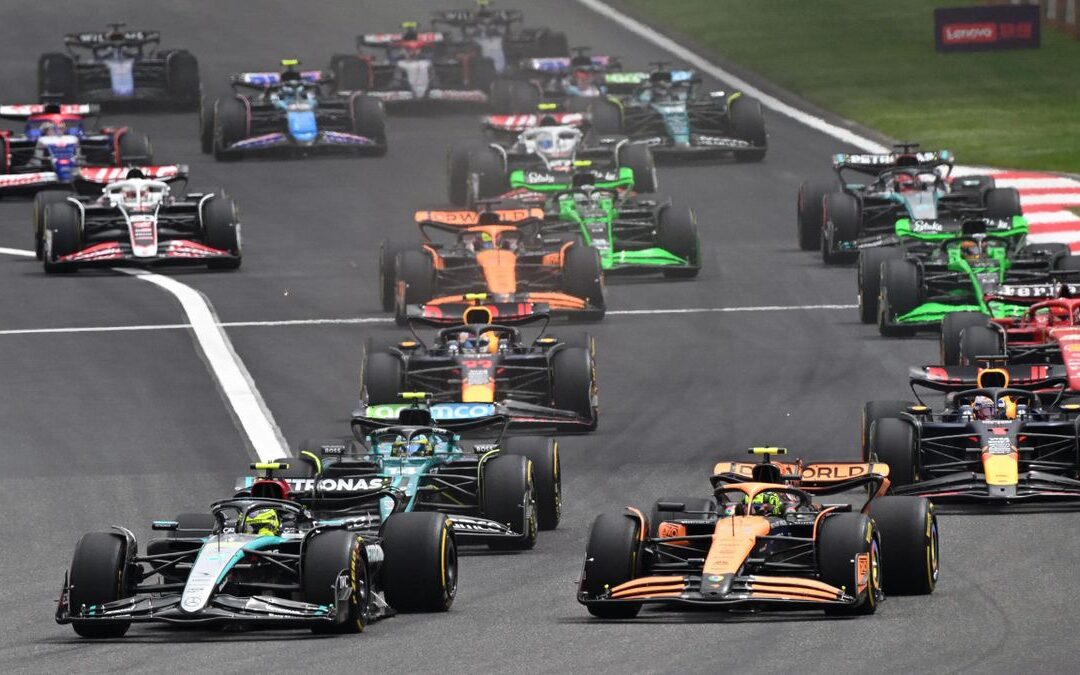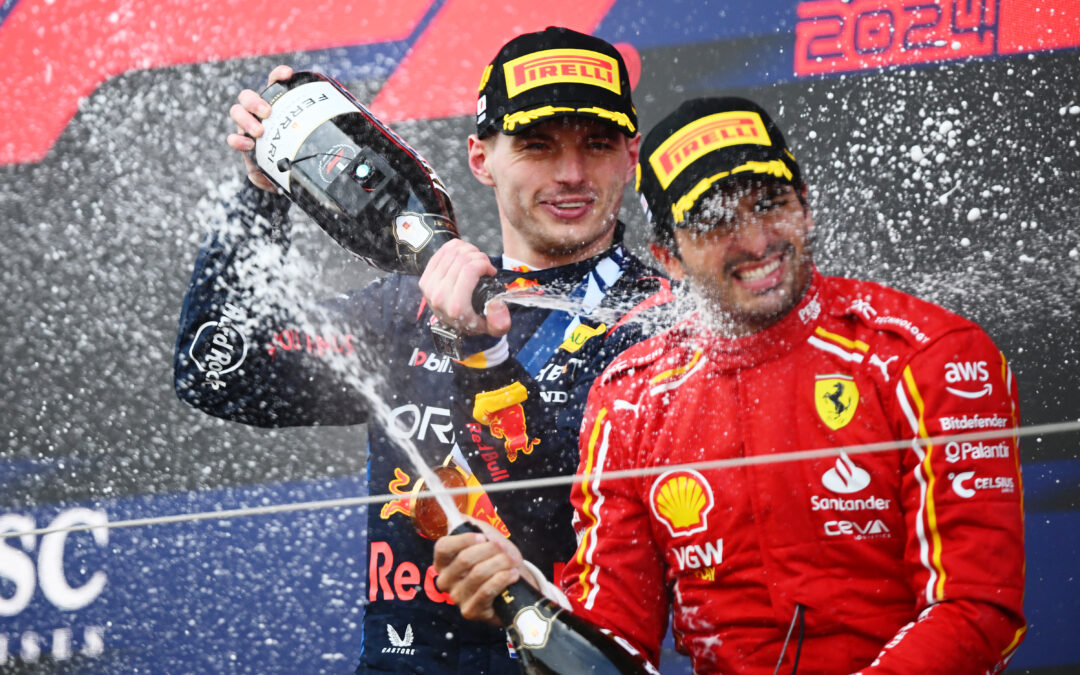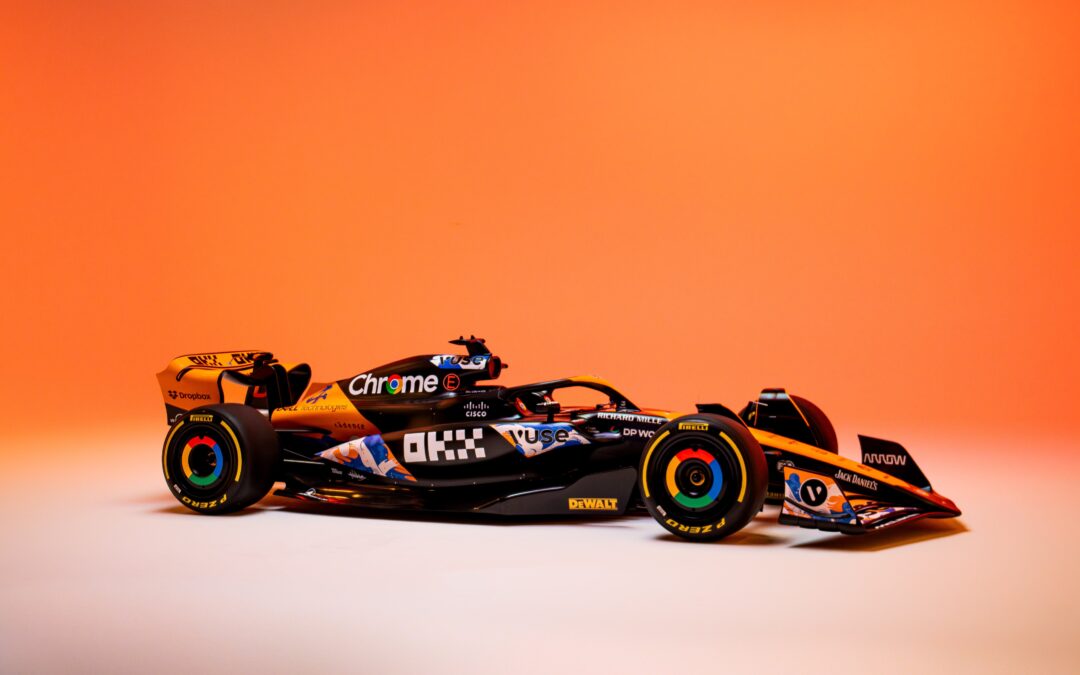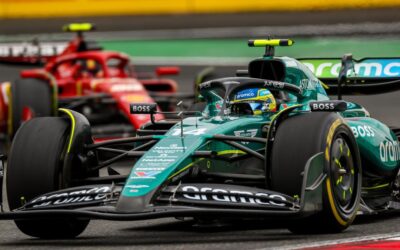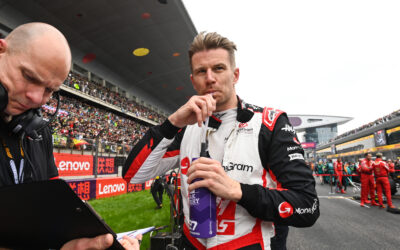Mexican GP – FP2: Race Pace Analysis
The Autódromo Hermanos Rodríguez is always a challenge to the teams, and this Friday was no exception. The track has not been used since 2019 due to the Covid-19 pandemic, and its conditions in the first practice session could not have been greener: a thick layer of dirt covered the tarmac, lifting up in dusty clouds that caused visibility issues on top of sliding. Graining was a common phenomenon on all the compounds, as drivers struggled to send their tyres in the correct operational window due to the poor grip conditions.
Keeping temperatures in check is another known challenge at such high altitudes, where air density is lower. Both the Power Units and the brakes are affected by similar issues, with the turbochargers needing to spin faster, and therefore risking overheating, to provide the ICE with enough oxygen, and the brake ducts needing to let in as much air as possible in order to cool down the discs.
The loss of density affects the setup as well, reducing the effect of downforce to 75% of what it would be at sea level. For this reason, despite the circuit presenting fast sections, the teams run high downforce setups in Mexico – with speeds that can match that of Monza with a Monaco spec rear wing.
The Friday afternoon session did not have a smooth start: traffic was immediately an issue as cars piled up in Sector 3 as they prepared to launch for their first qualifying simulations. The track, however, seemed to benefit from the morning running, and kept evolving as the session went on, with the levels of grip rising towards the end of the session.
George Russell suffered a problem with his gearbox, which forced him to sit out the session; the British will receive a 5 place penalty on the grid for replacing his damaged gearbox, unfortunately not a practice one. Gearbox issues for Daniel Ricciardo, too – though he was at least able to get some laps in before retiring the car to the McLaren garage.
FP2 Race Pace Analysis

Mercedes
The Mercedes drivers appeared to be closely matched today, more than the Red Bull duo; however, both Bottas and Hamilton struggled with grip and sudden burst of both oversteer and understeer, which made the car hard to drive around the tricky mexican corners – and caused more than a few lock-ups especially on the softer compound.
In the qualifying trim, the Black Arrows managed a P2 with Bottas and a P3 with Hamilton – both, however, quite far from Verstappen’s time with a gap of over 4 tenths. The race simulation on the Soft C4 compound was not great, as Hamilton averaged 1:21.742/lap and Bottas 1:21.923/lap, both slower than the Red Bulls on the Medium C3 compound. However, Bottas was able to squeeze in a short stint on the hard compound at the end, averaging a respectable 1:21.084/lap that indicates that not all hope is lost for Mercedes.
Red Bull
The Milton Keynes team has always had a good feeling with the Mexican track, and that is also not changing. Both cars looked well balanced today, with Verstappen able to top both Mercedes by about half a second in the qualifying simulations. His pace continued to impress in the race simulation, where he was able to average 1:21.092/lap on the Medium compound. His teammate Sergio Pérez averaged 1:21.255/lap on the same compound, but was a bit behind in the qualifying trim, unable to beat the Mercedes duo to the top 3. The gap between the teammates could prove important in qualifying, where strategy for Sunday’s race will be decided.
Ferrari
Ferrari is hoping to replicate another good result in Mexico, a track that on paper should suit the SF21 really well. However this was a quiet Friday for the Maranello outlet; with Sainz on his old Power Unit (on which Ferrari was able to adapt the ERS upgrade) and both drivers running conservative engine modes, the team was focused on their program and not much else. Both drivers tried something different with the setup compared to their morning running, but neither Sainz nor Leclerc seemed to be happy with the balance of the car, which looked more posed through FP1.
While Sainz did well in the qualifying simulation, managing a P5 behind both Red Bulls and Mercedes, Leclerc struggled with traffic and could not get a lap in until much later, on used tyres. In the race simulation, the situation with traffic did not really get better; Sainz’s stint was tainted by it, as he still averaged 1:22.319/lap on the Medium compound, with Leclerc only slightly faster with an average of 1:22.248/lap on the same compound and experiencing some issues with his engine settings.
McLaren
McLaren has been losing ground to Ferrari in the direct comparison in the last few Grand Prix; in Mexico, the Papaya team expects to struggle, especially as the track should suit their rivals’ car much better. Both drivers struggled to find both pace and the right balance in the qualifying simulations, especially in the third sector where they had to make many corrections. On top of everything, Ricciardo’s gearbox issues caused him to miss the race simulation, leaving only Norris out on track on the Medium compound, on which he averaged 1:22.646/lap which puts him behind both Ferraris, Alpine and Aston Martin on pace.
Aston Martin
With Stroll replacing several elements on his Power Unit, and therefore having to serve a penalty in the race, Aston Martin decided to split their strategy like they did in COTA when it was Vettel’s turn to take a new engine. Tsunoda, also penalised, will be Stroll’s main competitor in tomorrow’s Qualifying, although it seems unlikely that the Canadian will outqualify an AlphaTauri which, this weekend, looks instead quite competitive. In the race pace simulations Stroll averaged 1:22.929/lap on the Hard compound, much slower compared to the other drivers who tested it, but appeared more competitive on the Medium compound with an average of 1:22.229/lap.
Sebastian Vettel had a good qualifying simulation, ending the session in the top 10, and looked competitive in the race trim as well – averaging 1:21.905/lap on the Medium compound and 1:23.336/lap in his second stint on Soft tyres, which puts right on pace with Ocon’s Alpine.
Alpine
After a horrific race at COTA, Alpine is looking to score points in Mexico. While the drivers appeared to struggle in the qualifying simulation (especially compared to their direct rivals in the AlphaTauri), in the race simulations Fernando Alonso managed to average a solid 1:22.277/lap on a set of Hard tyres – against the 1:21.959/lap average Gasly registered on the same compound.
Esteban Ocon was able to fit two stints in his simulations; the first, on the Soft compound, with an average of 1:23.390/lap, but he was more competitive on the Medium compound (a common theme this weekend), on which he averaged a respectable pace of 1:22.555/lap. Maybe not enough to top AlphaTauri, but close enough to promise a battle with Aston Martin and, perhaps, McLaren.
FP2 Results

Author: Toni Sokolov
Editing: Sara Esposito



